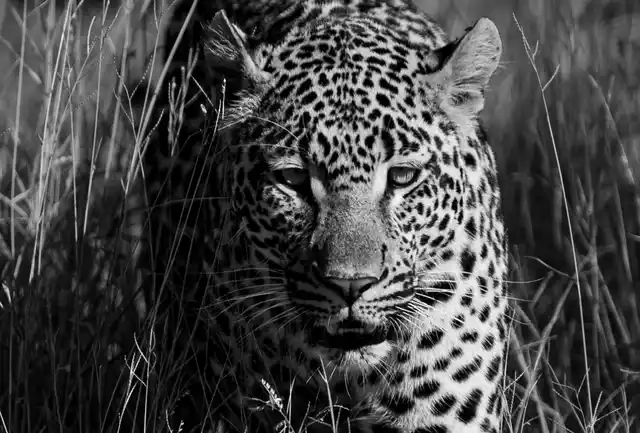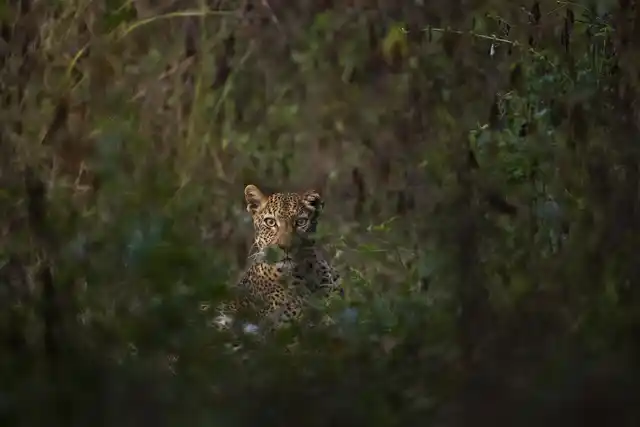
Classic Zambia Safari
The entirety of this 10-day safari will be spent in Zambia's South Luangwa National Park, allowing you to fully immerse yourself in this rich wildlife destination. From your secluded lodges and camps you'll be able to head into the bush and search for giraffes, hippos, zebra, thousands of elephants and a prodigious predator population, including lions, leopards, painted dogs and more.






